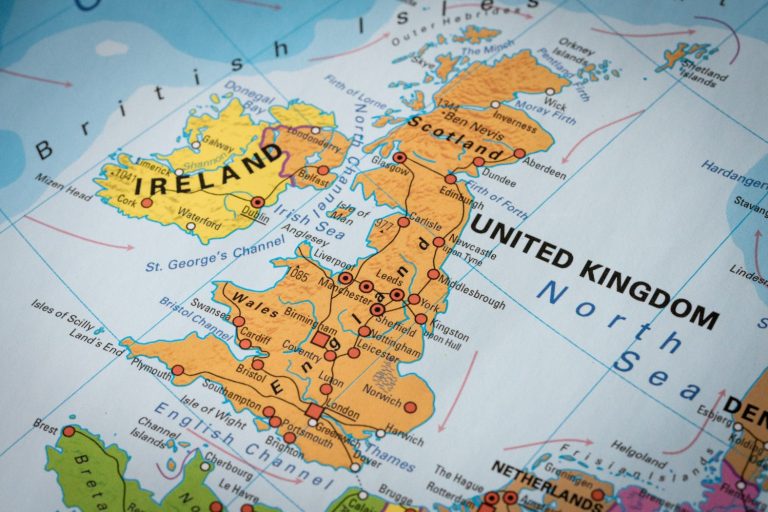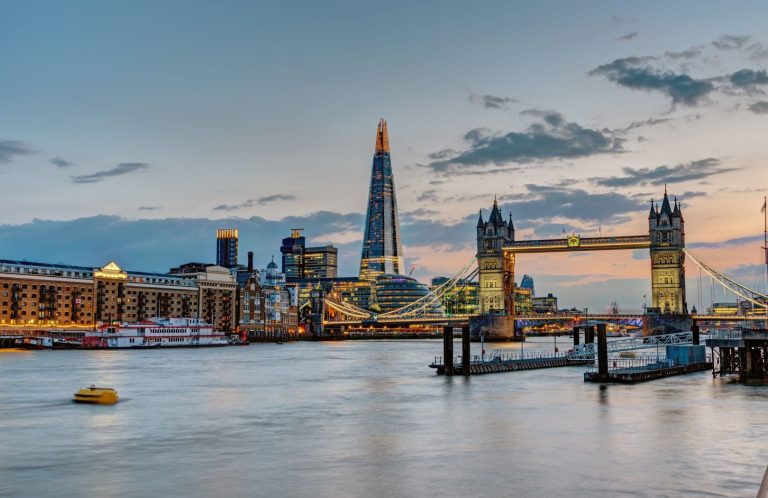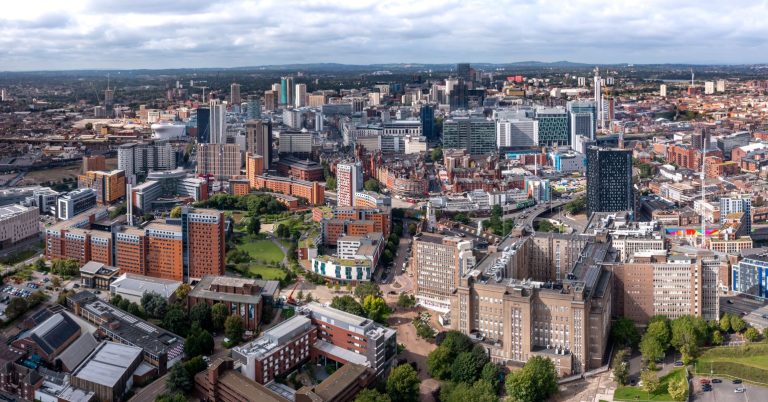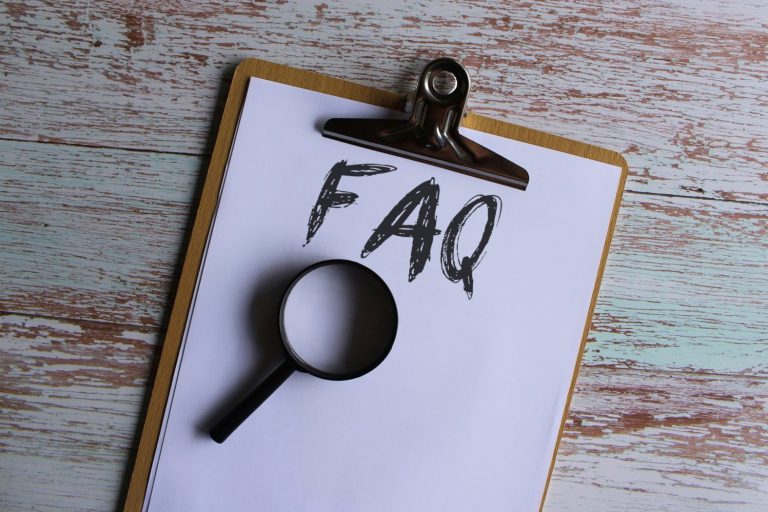Image optimisation is the process where an image is adjusted for its size, quality, file type and purpose.
Done properly, it contributes to improved performance and loading times of a website, which in turn can have a positive impact on the user’s experience.
Given there is a myriad of tools that can help people to optimise images for the web, it’s more important than ever to know how to manipulate images without compromising their quality.
How do I optimise my images for the web?
To optimise images for the web, it is important to consider both the file format and the type of compression you are using. This is because there needs to be an appropriate file size that doesn’t compromise too much on quality.
There are several ways to format pictures, including compressing them before uploading them to WordPress.
One way to do this is by using software like Adobe Photoshop.
It is worth noting that it may take practice to do so, especially if you have no previous experience with image optimisation.
What is the biggest advantage of optimising images for the web?
Optimising images for the web is advantageous because it can boost a website’s performance and improve the user experience.
This is because it contributes to faster loading times, which has a positive effect on website speed.
And, because speed is a priority for users, they are able to see its products and services at a faster rate, meaning they are more likely to stay for longer and/or return again in the future.
Not only can this drive more organic traffic to a website, but it can also look significantly better in terms of its aesthetic.
How do I use an image on a website without losing quality?
To use an image on a website without losing quality, it is vital to select the right file type.
The file type has a direct correlation to the quality of images. For example, JPEGs are preferable for those images that have a lot of colours. Alternatively, PNGs are perfect for those images that have transparent backgrounds.
While displaying large images on a website may seem valuable to the content on your page, it is advisable to resize them appropriately because high-resolution images can affect the load times of pages on your site.
Similarly, compressing your images is also a good idea. That is where tools are used to decrease the file size without compromising on an image’s quality.
There are also different guidelines for various types of images. For example, with JPEGs, a quality between 70-90 per cent is recommended.
Another way to reduce the file size is to remove an image’s meta data, especially in cases where your website is running slow. As meta data isn’t necessary for web viewing, removing it can reduce the file size.
However, it’s worth noting that search engines do use meta data to better understand an image and display relevant results to visitors.
Therefore, for SEO purposes, it’s important to take this into consideration before removing this information from a picture file.
What is the best image format for web performance?
Web performance is directly linked to increased engagement and better user experience, which is why it is imperative to select the best image formats.
One of the most popular image formats is JPEG, which is so widely used as it is supported by a myriad of devices and operating systems. This means that images tend to look high quality and clear. This image format is also associated with faster loading times, which means that it won’t slow down the browsing experience.
WebP is also another preferred image format because it offers high-quality images that don’t require large file sizes. This can be useful as images that take up less storage and bandwidth will reduce the load on your server.
Furthermore, PNG is valued for transparent images and logos. Of course, it is important to bear in mind that image formats should be chosen according to what will impact your site’s performance, visuals and compatibility.
Want to cultivate a strong online presence?
In a sea of competitors with successful websites, it is more important than ever to stand out.
Whether you are hoping to improve your website’s SEO ranking with image optimisation, or you need advice on how to make your website more discoverable, we can help.
So, why not contact us by giving us a call on 0800 285 1424, making an initial enquiry at hello@aqueous-digital.co.uk, or using our quick and easy online contact form to register your interest?






